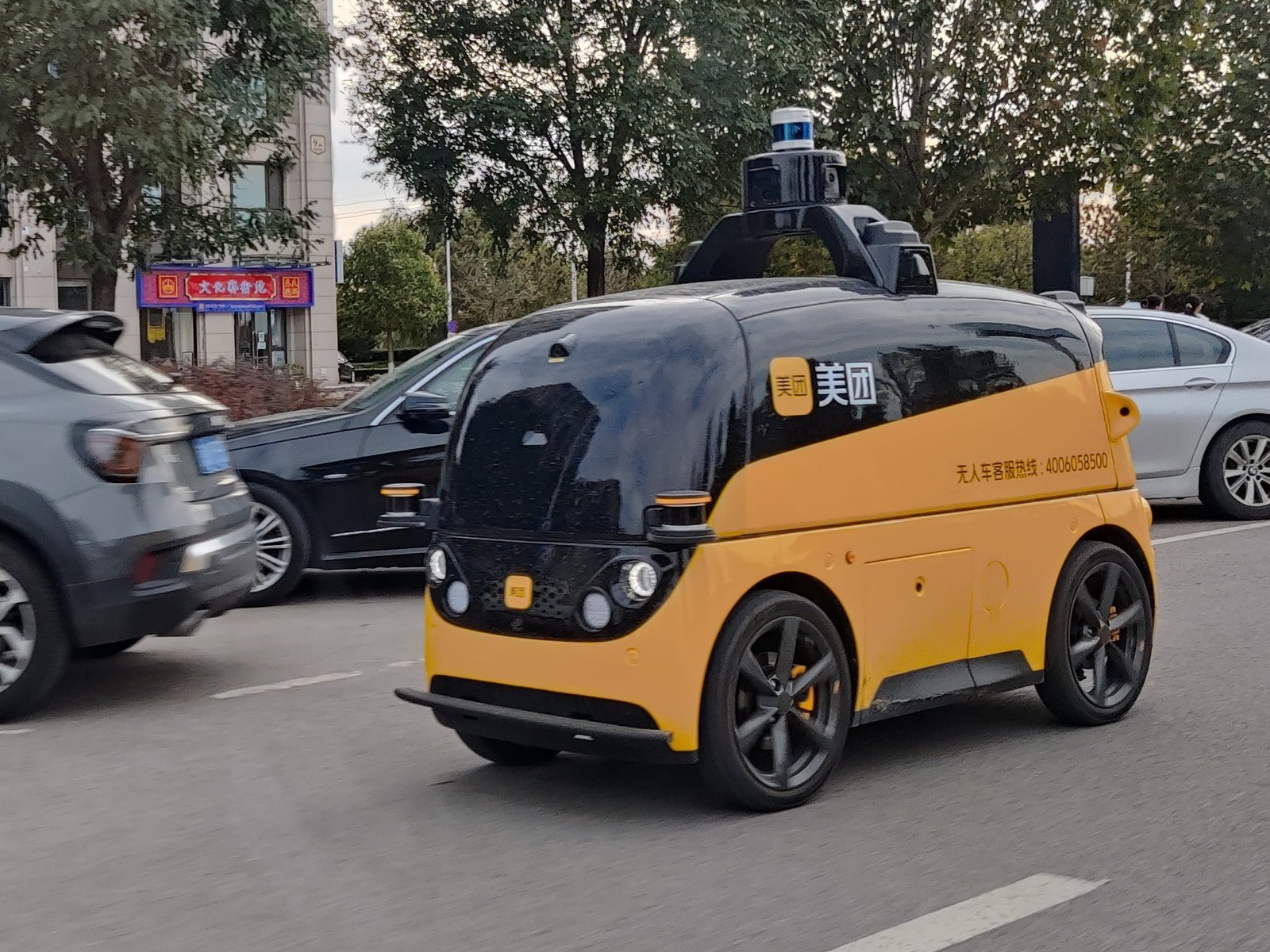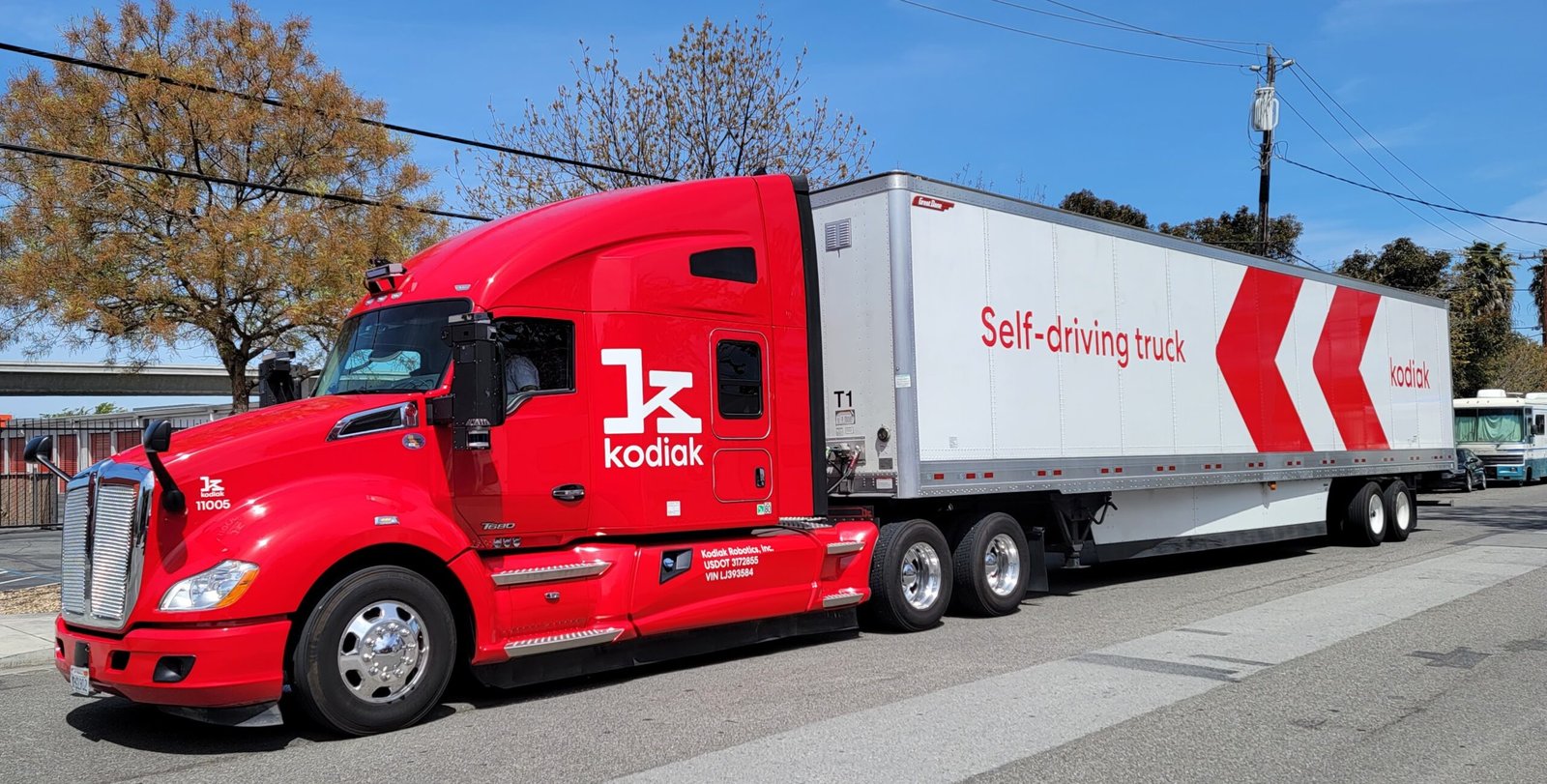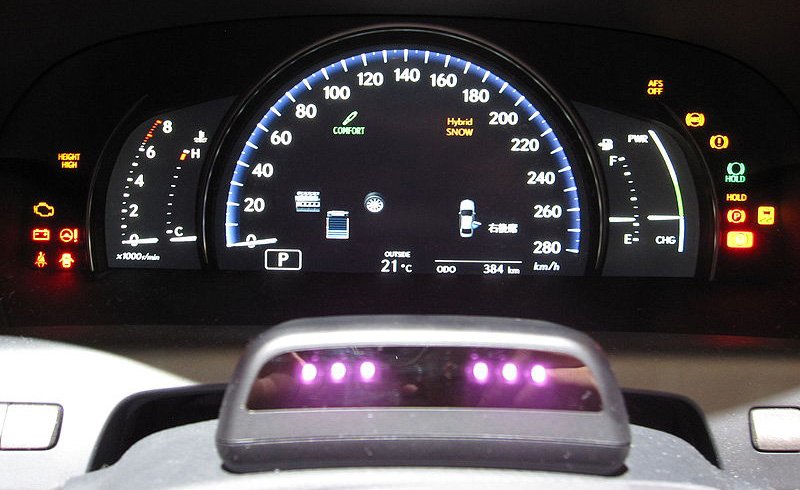The Rise of Autonomous Vehicles

Autonomous vehicles are no longer a futuristic fantasy—they are fast becoming the backbone of tomorrow’s transport. The global market for AVs is expected to be worth a staggering $1.5 trillion by 2030, with 2025 set as a pivotal year for mass deployment. Industry giants like Waymo, Tesla, and Uber have collectively poured billions into making driverless cars a reality, and their prototypes are already cruising city streets. Urban centers are preparing for fleets of robotaxis, which are predicted to slash both traffic congestion and accident rates. The National Highway Traffic Safety Administration has estimated that AVs could reduce traffic fatalities by as much as 90%, potentially saving tens of thousands of lives every year. These vehicles use a dizzying array of sensors, cameras, and AI to interpret their environment in real time, leading to safer and more efficient journeys. The shift towards autonomy is not just technological; it’s a profound cultural change, promising to redefine how we think about mobility and personal space.
Robotics in Public Transportation
Robotics is quietly revolutionizing public transit systems across the globe. Cities are experimenting with autonomous buses and shuttles that follow fixed routes, making public transport more reliable and less dependent on human operators. Los Angeles made headlines in 2023 with its self-driving shuttle pilot, and similar programs are popping up in Europe and Asia. These robotic vehicles can run around the clock, reducing wait times and maximizing efficiency, especially in busy urban areas. The American Public Transportation Association found that robotic integration could boost ridership by up to 25% and reduce operating costs by 15%. Accessibility is also getting a boost, as autonomous shuttles can be programmed to serve underrepresented neighborhoods and adapt routes dynamically. For many cities, these experiments are the first step toward a fully automated mass transit system. Passengers are beginning to see the benefits firsthand, with smoother rides and fewer delays making daily commutes less stressful.
Drones for Last-Mile Delivery
In 2025, drones are set to dominate the skies of the logistics world, especially in the crucial “last mile” of delivery. Experts predict drones could handle 10% of all last-mile deliveries, a dramatic leap from today’s numbers. Amazon Prime Air and Google’s Wing are racing to perfect the technology, promising doorstep deliveries in under 30 minutes. The Federal Aviation Administration has loosened restrictions, allowing for drone flights over populated areas and at night, further accelerating adoption. Drones can bypass traffic, access hard-to-reach locations, and deliver small packages with minimal environmental impact. Logistics companies are reimagining their warehouses and distribution hubs to accommodate fleets of autonomous flying couriers. The reduction in delivery trucks on the road could significantly lower urban congestion and pollution, making cities cleaner and quieter. Customers may soon be as familiar with the sound of a delivery drone as they are with the doorbell.
Robotics in Freight Transport

Long-haul freight is on the brink of a robotic revolution, with automated trucks leading the charge down highways around the world. Companies like TuSimple are already piloting autonomous semis on real roads, using advanced sensors and artificial intelligence to navigate complex traffic patterns. A report from the International Transport Forum suggests that automated freight could slash logistics costs by up to 30% by 2025. These robotic trucks can drive for longer periods without breaks, handle monotonous routes, and respond instantly to real-time data about road and weather conditions. They also help address driver shortages, a persistent problem in the freight industry. Safety is another key benefit, as automation reduces the risk of human error, fatigue, and distraction. The ripple effect of robotic freight extends to warehouses, where robotic arms and automated loaders are speeding up the transfer of goods. The industry is moving towards a future where goods move seamlessly, efficiently, and with minimal human intervention.
Smart Traffic Management Systems
City streets are becoming smarter as robotics and AI take over traffic management systems. Instead of relying on fixed signal patterns, smart traffic lights now use cameras and sensors to adjust in real time, easing congestion and smoothing the flow of vehicles. The Institute of Transportation Engineers reports that these systems can reduce average travel times by 20% and cut fuel consumption by 10%. Some cities are even piloting AI-powered systems that can predict traffic jams before they happen and reroute vehicles dynamically. This technology doesn’t just benefit drivers; it also helps emergency services reach their destinations faster and makes roads safer for cyclists and pedestrians. The scalability of these systems means they can be rolled out citywide, transforming chaotic rush hours into tranquil commutes. The vision for 2025 is urban mobility that’s not just faster, but also more predictable and less stressful.
Robotics in Maintenance and Infrastructure

Robotic technology is revolutionizing how we maintain the very skeleton of our transport networks. Drones and robots are now used for inspecting bridges, highways, and rail lines, taking on dangerous work that once put human inspectors at risk. Using high-resolution cameras and sensors, these machines can spot cracks, corrosion, or structural weaknesses far earlier than traditional methods. The use of drones in bridge inspections, for example, can reduce inspection times by up to 90% and eliminate hazardous manual labor. The Federal Highway Administration estimates that adopting robotic maintenance could save the U.S. transportation sector $4 billion each year. This proactive approach means less downtime for repairs and fewer unexpected closures, keeping cities running smoothly. Robots are also being deployed for routine cleaning and repair work in tunnels, subways, and even airports, making critical infrastructure safer and more resilient.
Enhanced Safety Features

Safety is at the heart of the robotics revolution in transport, with new vehicles bristling with advanced driver-assistance systems (ADAS). Features such as automatic emergency braking, lane-keeping assist, and adaptive cruise control are rapidly becoming standard across car models. The Insurance Institute for Highway Safety reports that cars equipped with these technologies can reduce crash rates by up to 40%, a figure that could translate into thousands of lives saved every year. These systems use machine vision, radar, and AI to detect potential hazards and react faster than any human driver. By 2025, experts expect nearly all new vehicles to include some level of advanced automation, pushing us closer to the dream of zero fatalities on the road. The psychological comfort of knowing your car is actively protecting you is changing how people feel about driving. As these technologies mature, safety is set to become the most compelling selling point for robotic transport.
The Role of AI in Navigation

Navigation is getting a major upgrade thanks to artificial intelligence, which can now process vast amounts of real-time data to find optimal routes. Apps powered by AI analyze traffic flow, road closures, weather conditions, and even local events to help drivers avoid delays and reduce fuel costs. INRIX, a global traffic analytics company, has found that AI-driven navigation can cut travel times by up to 30% and improve vehicle efficiency. These intelligent systems learn from user behavior and city infrastructure, making them smarter over time. By 2025, AI navigation will be standard not just in private vehicles, but also in delivery fleets, public transportation, and emergency services. The impact is profound: less time stuck in traffic, lower emissions, and a smoother daily routine for millions. Even tourists and newcomers to a city can navigate like locals, thanks to AI’s constant learning and adaptation.
Integration of Robotics with Smart Cities
Cities of the future are being built around the promise of robotics and interconnected systems. Initiatives like Singapore’s Smart Nation are weaving autonomous vehicles, drones, and AI-driven infrastructure into the urban fabric. These integrated systems communicate seamlessly, allowing for real-time coordination of buses, trains, road traffic, and emergency services. Residents benefit from more efficient commutes, better access to services, and a reduction in traffic bottlenecks. Transportation hubs are evolving into smart nodes where information from sensors, cameras, and vehicles is gathered and used to optimize the flow of people and goods. The aim is to create truly accessible, livable cities where technology works behind the scenes to solve everyday problems. In 2025, the cities that embrace robotics will set new standards for mobility, inclusivity, and quality of life.
Future Challenges and Considerations

Despite the breathtaking pace of progress, significant challenges remain on the road to fully robotic transport. Cybersecurity is a top concern, with autonomous vehicles and smart infrastructure presenting tempting targets for hackers. Regulatory frameworks must keep pace with innovation, ensuring safety without stifling progress. The World Economic Forum has highlighted the need for clear, robust rules governing everything from liability in accidents to data privacy. Public acceptance is another hurdle, as people adjust to sharing roads and skies with robots. Education and outreach campaigns are essential to build trust and understanding. Ethical questions about job displacement and machine decision-making in emergencies also loom large. Addressing these issues head-on will be crucial for the next wave of transport innovation.

